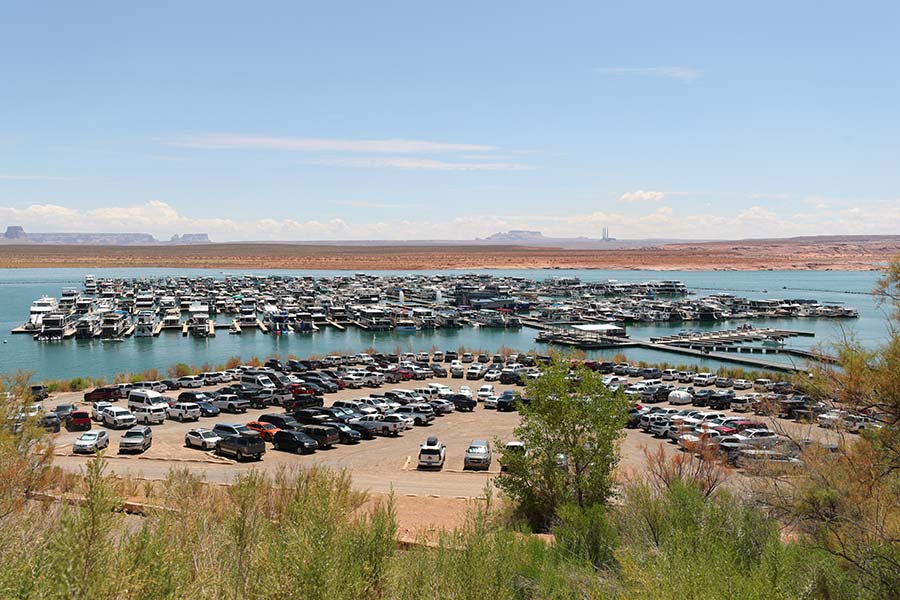Bringing your boat to Utah? New laws, fees go into effect July 1
Salt Lake City — During the 2020 Utah legislative session, a few new laws were passed to help prevent the spread of quagga mussels. Several of those laws go into effect Wednesday, July 1, and out-of-state boaters need to be aware of the new requirements in order to launch a boat at any Utah waterbody.
Some of the new changes going into effect Wednesday include the following requirements:
- There will be a mandatory $20 fee for all motorized boats not registered in Utah that are used anywhere in Utah.
- In order to pay the fee, owners of boats not registered in Utah will first be required to complete an online education course about preventing the spread of quagga mussels. A link to that online course and the payment portal will be available on the STD of the Sea website and the DWR website.
- Upon course completion and payment, boat owners will be able to print out a certificate and will be required to place it on the dash of their launch vehicle to show proof of completion. They will also be required to retain a copy of the certificate on their boat at all times, and will have the option to print out a second copy or save the certificate to their phone to comply. By printing out the certificate for your vehicle dash, putting one in your boat, and saving it to your phone, you will expedite your entrance and exit to the state.
- Another new law requires anyone transporting a boat on a Utah highway, which includes any public road, street, bridge or other public-use structure, to remove all drain plugs from the boat and to drain all water from the live wells, bilges, ballast tanks or other similar compartments on the watercraft. Anyone who fails to do so could be cited with a class C misdemeanor.
- In its June 4 meeting, the Utah Wildlife Board also approved a rule clarification about any watercraft with systems that cannot be fully drained at the boat launch. Those watercraft must complete a mandatory 30-day dry time, if they do not receive a professional decontamination, prior to their next launch in Utah. Examples of such systems include ballast tanks, inboard and inboard/outboard motors, and raw water systems with sea strainers.
"We feel confident that these new changes and our continued rigorous inspections across the state will help us in our efforts to contain quagga mussels to Lake Powell, Lake Mead and other infested waters, and to prevent them from spreading to other waterbodies," Nathan Owens, Utah Division of Wildlife Resources Aquatic Invasive Species Coordinator, said. "However, we really need the assistance and compliance of boaters in these efforts. We are grateful to all those who are willing to help us in this fight."
In addition to complying with the new laws, boaters can also help prevent the spread of quagga mussels by doing the following:
- Clean: Boaters should wipe all water, mud, plant materials and other debris from their boats. In particular, make sure to inspect the anchor and sea strainer.
- Drain: Boaters are required to pull all drain plugs and leave them out during transport and storage after boating on Lake Powell. All water should be completely drained from ballast tanks, bilges and live wells. Boaters with outboard or inboard/outboard engines should drop the lower unit to drain those areas, as well. Also, inspect the cooling intake or water system on the boat.
- Dry: All boats with ballast tanks, inboard engines or inboard/outboard engines retain water at all times, and therefore, will need to meet a 30-day dry time if not professionally decontaminated.
Boaters should also remember that by Utah state law they are required to stop at open Aquatic Invasive Species inspection stations after leaving a waterbody. Anyone who doesn't stop is guilty of a class B misdemeanor.

















